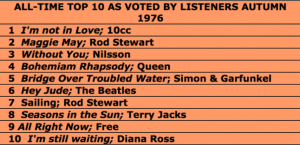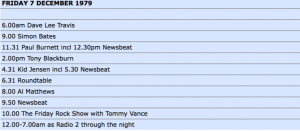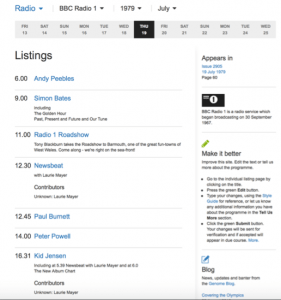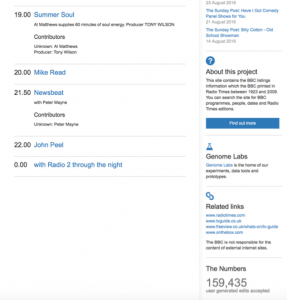Initial Role Research
During the shooting of Cognition, there will be two primary audio-related productions that will be shared between the team of Dan Marnie, Robert Wynne and myself. These productions are Location Sound, which we are breaking down into Production Sound Mixer, Boom Operator and Sound Assistant, and Post-Production Sound, of which the many categories of audio (dialogue, foley and sfx, ambience and music) have not yet been assigned but we shall organise soon.
Location Sound Engineer
“For many programs, the quality of the sound picked up on location is the principal determining factor in the overall sound quality” (Holman, 2005, 43).
The Location Sound Team have a highly important job when recording audio such as dialogue, wild tracks, spot effects and room tone from location, especially for low-budget films. For example, it is more difficult for those with a lower budget to reschedule or redo another shoot if they cannot afford to pay additional fees to actors, for the location, and the rest of the crew. Therefore, as Holman suggests, this makes it vital for the Location Sound Team to record every element they require to a high standard without fail on the day.
One essential element to ensure the Sound Team can deliver this is Location Scouting. Holman states the two most important items to watch out for when scouting a location for its sound is noise and reverberation (2005, 45). When recording on set, dialogue audio is the most critical audio that needs to be recorded. The highest quality dialogue audio will come from the cleanest dialogue audio. This means any background sound such as traffic, birds, wind, even camera fans and hums, loose microphone connections, must be eradicated. So scouting the location before-hand give the Sound Team critical information needed to approve this location and also prepare for this location.
After this is complete, the team can select the appropriate equipment. Learning from the past and the equipment available to use from Media Loans, it is highly likely that we shall select the Sound Devices 633 Field Production Mixer with the Sennheiser MKH416 Rifle Mic and a collection of Sennheiser Radio Mics and a Boundary mic.
When on location, the Sound Recordist will have several jobs to undertake each day. This includes assisting with setting up audio equipment and any other help the crew might need. They are responsible for ensuring the dialogue is the cleanest it can be, by listening through headphones to check the location on the day. They must set appropriate volume levels, aid the Boom Operator in where’s best to position themselves, select the appropriate mics for the appropriate scenes, allow the director time to hear the audio and offer their opinion (if wanted by the director) as to anything audio-related which could improve the take.
The Boom Operator handles the boom microphone while filming, ensuring they collect the cleanest dialogue possible. They must be silent – any movement onto the boom pole such as their hand rattling the cable, or loud shoes on the floor will be picked up by sensitive microphones. Holman describes how the contribution of a Boom Op is often overlooked, as they must memorize the script and follow the action, get the mic in the correct place ensuring it cannot be seen on screen, record the optimum amount of reverberation and remain completely professional as they are closest to the actors who do not wished to be distracted (2005, 62). The Boom Op is also responsible for ensuring actors are radio mic’ed correctly, without the mic being on show.
Post-Production Engineer
The Post-Production Team are given an OMF from the editor, which includes picture-lock and rough audio, and essentially use audio recorded from the location, together with any other external sound FX, wild tracks, foley, etc. to create a high quality sounding product. Mark Scetta suggests the first action to take after being satisfied with your Digital Audio Workstation (DAW) and receiving the OMF, is to setup the audio session. This includes organisation into categories for dialogue tracks, wildtracks, atmos, foley, etc. as well as Auxiliaries and Busses (Scetta, 2008).
After setting up the audio session, the post-production engineers must edit clips, such as adding fade-ins and –outs to clean up files, sync them perfectly to the film, and so forth, to all tracks in all categories. This allows foley to take place – which is the additional of man-made sound effects. For example, footsteps and cloth movements are usually added in post by a foley artist if the location did not offer the correct sound, or one that could be improved.
Wild tracks, atmos, sound FX all receive similar treatment and along with dialogue and foley are mixed at the end. Each of these categories may be split up between the team to be pre-mixed, and mixed together after this. It is vital that all sound is mixed to its optimum levels to maximise quality of the film.
Reference List:
Holman, T. (2005) Sound for Digital Video. Oxford: Focal Press.
Scetta, M. (2008) Gardner’s Guide to Audio Post Production. London: GGC Publishing.



